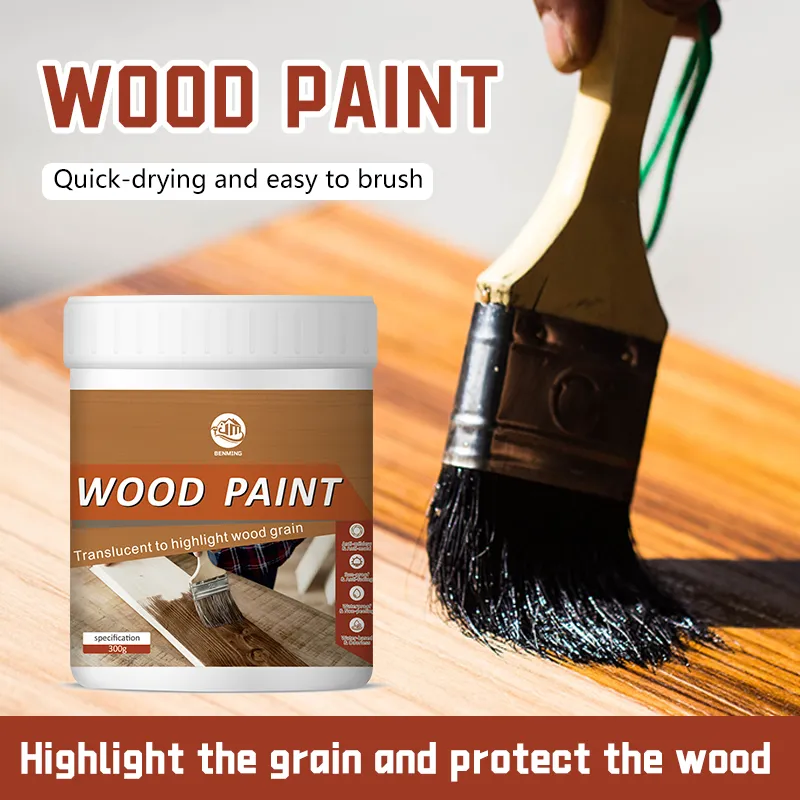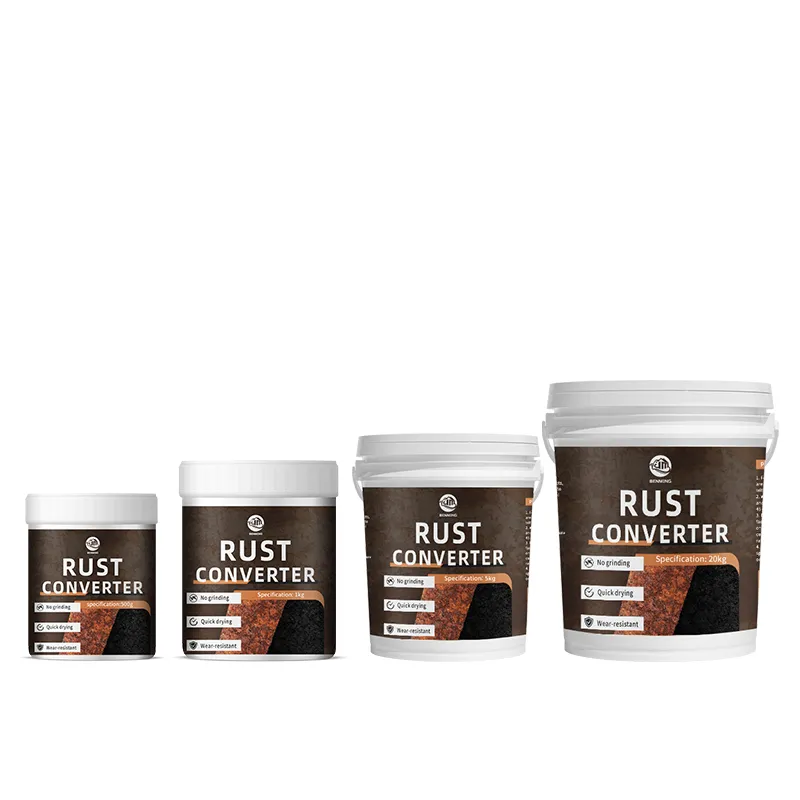Transform Your Space: The Benefits of Waterborne Wood Paint
Oct 06,2025
Transform Your Space: The Benefits of Waterborne Wood Paint
Table of Contents
- Introduction
- What is Waterborne Wood Paint?
- Advantages of Waterborne Wood Paint
- Eco-Friendly Properties
- Low Volatile Organic Compounds (VOCs)
- Durability and Long-lasting Finish
- Ease of Application
- Versatility of Uses
- Aesthetic Appeal and Customization
- Maintenance and Care
- Comparison with Solvent-Based Paints
- Conclusion
- FAQs
Introduction
In the realm of home improvement and interior design, **paint** plays a crucial role in defining the aesthetic and functionality of a space. Among various options available, **waterborne wood paint** has emerged as a popular choice for its numerous advantages. Whether you want to refresh old furniture, create a stunning feature wall, or protect wooden surfaces, understanding the benefits of waterborne wood paint can help you make informed decisions that ultimately transform your space.
This article delves deep into the world of waterborne wood paint, exploring its composition, benefits, applications, and maintenance tips.
What is Waterborne Wood Paint?
Waterborne wood paint refers to a type of paint that utilizes water as its primary solvent. This means that instead of relying on harsh chemicals, it disperses color pigments and binders in a water base. The formulation of waterborne wood paint has evolved significantly, making it suitable for a variety of applications, especially on wood surfaces.
Key components of waterborne wood paint include:
- **Acrylic resins**: These provide durability and adhesion.
- **Color pigments**: Responsible for the paint's hue.
- **Additives**: Enhance properties such as drying time, stability, and mold resistance.
Waterborne wood paints are available in various finishes, including matte, satin, and gloss, enabling homeowners to achieve their desired look.
Advantages of Waterborne Wood Paint
The adoption of waterborne wood paint brings numerous benefits that cater to both aesthetic and functional requirements.
Eco-Friendly Properties
As environmental consciousness rises, many homeowners seek products that minimize their ecological footprint. Waterborne wood paints stand out due to their eco-friendly composition. Unlike their solvent-based counterparts, which often contain harmful solvents, waterborne paints use water as a base, significantly reducing the environmental impact.
Moreover, many waterborne wood paints are manufactured with sustainable practices, ensuring that they are biodegradable and free from toxic components. Using such paints contributes to a healthier indoor environment, promoting better air quality for you and your loved ones.
Low Volatile Organic Compounds (VOCs)
Volatile organic compounds (VOCs) are chemical compounds that can vaporize and negatively impact air quality. One of the significant advantages of waterborne wood paint is its low VOC content. Many brands offer options with virtually zero VOCs, making them safer for both residential and commercial applications.
By choosing low-VOC waterborne wood paints, you reduce the risk of inhalation of harmful chemicals, particularly during and after application. This is especially important for households with children, pets, or individuals with respiratory issues.
Durability and Long-lasting Finish
When investing in paint, durability is paramount. Waterborne wood paints provide excellent adhesion to wood surfaces, resulting in a robust and long-lasting finish. Once cured, these paints resist chipping, peeling, and fading, ensuring that your painted surfaces maintain their appearance over time.
Another advantage is their flexibility, allowing the paint to expand and contract with changes in temperature and humidity, further enhancing its longevity.
Ease of Application
Waterborne wood paints are known for their ease of application. The water base allows for smoother application with minimal brush marks when compared to solvent-based paints. Additionally, they dry relatively quickly, enabling you to complete projects in a shorter time frame.
Cleanup is also a breeze. Since waterborne wood paints use water as a solvent, brushes and tools can be easily cleaned using soap and water, making the painting process more convenient and enjoyable.
Versatility of Uses
Waterborne wood paints are incredibly versatile and can be used on various wooden surfaces, including:
- **Furniture**: Give old furniture a new life with a fresh coat of paint.
- **Cabinetry**: Update kitchen or bathroom cabinets for a modern look.
- **Doors and Trim**: Enhance the aesthetic appeal of doors and trims with custom colors.
- **Wood Paneling**: Refreshing wood paneling can instantly brighten up a room.
The adaptability of waterborne wood paints makes them suitable for both interior and exterior applications. Whether you want to revamp your living room or add charm to your porch, these paints provide endless possibilities.
Aesthetic Appeal and Customization
One of the most appealing aspects of waterborne wood paint is its vast range of colors and finishes. Homeowners can choose from an extensive palette to create the perfect ambiance in their space.
Customization options do not stop with color; many waterborne paints can be mixed to achieve unique shades, allowing you to express your creativity. Different finishes, whether matte, satin, or gloss, can dramatically change the look of your wood surfaces, catering to various design preferences.
Maintenance and Care
To ensure the longevity of your painted surfaces, proper maintenance is essential. Waterborne wood paints typically require minimal upkeep. Here are some tips to keep your painted surfaces looking fresh:
- **Regular Dusting**: Use a soft cloth to dust painted surfaces regularly.
- **Gentle Cleaning**: For deeper cleaning, use a damp cloth with mild soap; avoid abrasive cleaners that can damage the finish.
- **Avoid Excess Moisture**: While waterborne paints are resistant to moisture, it's best to minimize direct exposure to water to maintain their integrity.
By following these simple maintenance practices, you can extend the life of your waterborne wood paint and keep your spaces looking pristine.
Comparison with Solvent-Based Paints
When considering paint options, it's essential to compare waterborne wood paint with traditional solvent-based paints. Here’s how they stack up:
- **Environmental Impact**: Waterborne paints are more eco-friendly due to their low VOC content, while solvent-based paints often contain harmful solvents that can affect air quality.
- **Ease of Use**: Waterborne paints are easier to apply and clean up, making them a preferred choice for DIY enthusiasts.
- **Drying Time**: Waterborne paints dry faster than solvent-based options, allowing for quicker project completion.
- **Durability**: While both types of paint can be durable, waterborne paints are increasingly formulated to offer high levels of durability comparable to solvent-based paints.
The clear benefits of waterborne wood paint make it a compelling choice for modern homeowners looking to improve their spaces sustainably and effectively.
Conclusion
In summary, waterborne wood paint is transforming the way we approach home improvement. Its eco-friendly properties, low VOC content, and versatility make it an ideal choice for enhancing wooden surfaces throughout your home. With a vast array of colors and finishes available, waterborne wood paint allows homeowners to customize their spaces to reflect their personal style while promoting a healthier indoor environment.
Choosing waterborne wood paint not only elevates the aesthetic appeal of your living space but also contributes to a sustainable future. Embrace the benefits of this innovative paint solution and transform your space today.
FAQs
1. Is waterborne wood paint safe for indoor use?
Yes, waterborne wood paint is safe for indoor use due to its low VOC content and eco-friendly composition, making it ideal for homes with children and pets.
2. How long does it take for waterborne wood paint to dry?
Waterborne wood paint typically dries within 1-2 hours, but full curing can take up to a week, depending on environmental conditions.
3. Can I use waterborne wood paint on exterior surfaces?
Yes, many waterborne wood paints are formulated for both interior and exterior applications, providing durability and protection against the elements.
4. How do I clean brushes and tools used with waterborne wood paint?
Cleaning brushes and tools is easy; simply use warm, soapy water to wash them after use.
5. Can waterborne wood paint be mixed to create custom colors?
Yes, waterborne wood paints can be mixed to achieve unique shades, allowing for personalization in your painting projects.
Keyword:
Latest News






